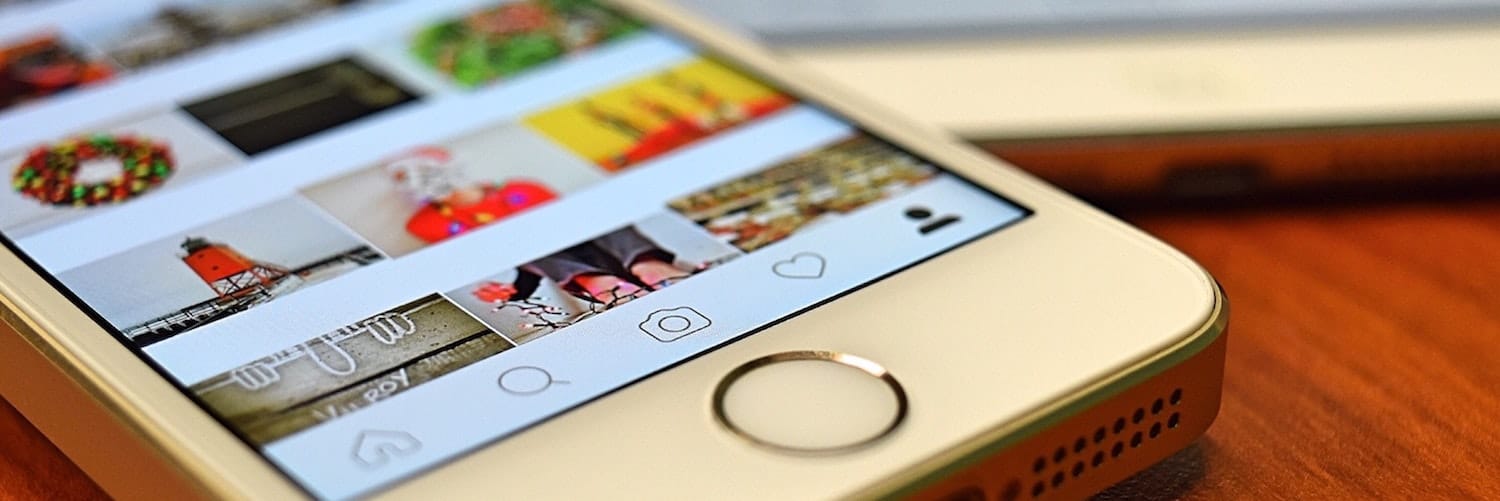A Guide To Instagram Hashtags For Small Businesses
In the ever-evolving world of digital marketing, small business owners are constantly seeking ways to maximise their efforts. When it comes to Instagram, hashtags have become an invaluable tool for achieving better visibility and engagement. Since its launch in 2010, Instagram has grown exponentially, boasting over 2 billion active users with an average user spending 30 mins a day on the platform. With such a vast user base, it’s challenging for small businesses to make their content discoverable to new audiences. This is where hashtags come in, as they can help you reach, engage, and do business with potential customers. In this guide, we’ll explore why hashtags are crucial for small businesses on Instagram and provide you with some valuable tips and tricks to create an effective hashtag strategy.
The Power of Hashtags on Instagram
Hashtags essentially act as the search engine of Instagram. By clicking on a hashtag in a post or using the search function, users can access a directory of all the photo and video content associated with that particular hashtag. To ensure your hashtags are visible to those who don’t already follow you, your profile must be public. You can include up to 30 hashtags in a post and up to 10 in a story. While you don’t have to use all 30, the more hashtags you incorporate, the higher the chances of your post being seen and generating engagement, which the algorithms favour.
However, it’s essential to strike a balance and avoid overusing hashtags in a way that appears forced or unrelated to your content – or indeed spammy. For a cleaner aesthetic, you could consider posting your hashtags in the first comment of your post instead of in the caption – they will still be discoverable.
Different Types of Hashtags for Small Business Marketing
There are three main types of hashtags that are particularly relevant for small business marketing:
Community hashtags: These are everyday hashtags that can be further categorised based on various aspects. They can describe your product or service (e.g., #coffeeshop), your niche, special events, locations (#madeinbrighton), communities (e.g., #foodiesofinstagram), daily themes (e.g., #tuesdaytip), or acronyms (e.g., #ootd for outfit of the day). One common mistake is using hashtags solely focused on what your business does, instead of considering the hashtags your target audience is likely to follow. Remember, when using hashtags on Instagram, the goal is to reach your buyers, not just your peers.
Brand hashtags: These hashtags are unique to your business. They can be your business name, a variation of it, or something related to your brand. Use your brand hashtag consistently and encourage your followers to use it in their own posts. Don’t forget to include your brand hashtag in your bio as well.
Campaign hashtags: These hashtags are specific to short-term campaigns, such as product launches or partnerships.
Choosing the Right Hashtags: Broad vs. Niche
Hashtags on Instagram range from extremely popular ones with over 1 billion posts (e.g., #love, #workout, #happy) to more niche and less popular ones. So, which ones should you use?
The ideal approach is to strike a balance between broad and niche or rare hashtags, with a stronger emphasis on relevance rather than sheer popularity. Incorporate both broad hashtags like #mondaymotivation and hashtags specific to your niche. If you use a highly popular hashtag, your post may get lost among the millions of other posts flooding in on the same day, at the same time!
To find relevant hashtags, you can use tools like Hashtagify or Inflact, which suggest similar hashtags based on the ones you already use. Additionally, keep an eye on trending hashtags and observe what your competitors are using. If your small business is location-specific, consider including geographical tags as well.
Effective Hashtag Strategies: Tips and Tricks
Here are some valuable tips and tricks to enhance your hashtag strategy:
- Conduct research: Analyse the hashtags used by your competitors and industry leaders. Leverage the insights provided by Instagram’s built-in analytics for your account.
- Use hashtag tools: Explore hashtag suggestions from tools like Hashtagify and Inflact to discover relevant and trending hashtags.
- Save and organise hashtags: Keep a list of hashtags ready to copy in your notes or a spreadsheet. This saves time and ensures consistency.
- Encourage user-generated content: Create a branded hashtag and encourage your followers to use it. This expands your reach and provides you with valuable user-generated content that you can repost.
- Incorporate your branded hashtag in your bio: Include your branded hashtag in your Instagram bio to make it easily visible to visitors.
- Mix broad and niche hashtags: Use a combination of both broad and niche hashtags to reach a wider audience while maintaining relevance.
- Utilise hashtags on Stories and Reels: You can include hashtags in your Instagram Stories and Reels as well. You can make them smaller or place them behind stickers for a clean and visually appealing look. Use 3-5 hashtags for best results.
- Rotate and refresh your hashtags: Avoid using the same hashtag groups in every post, as it can come across as spammy. Rotate and diversify your hashtags to keep your content fresh.
- Utilise geotags for location-based businesses: If your small business operates in specific locations, make sure to include relevant geotags when posting.
If you require support or advice regarding your social media strategy or content marketing, I’m here to help. Book a consultation today for a personalised chat about your business requirements.




